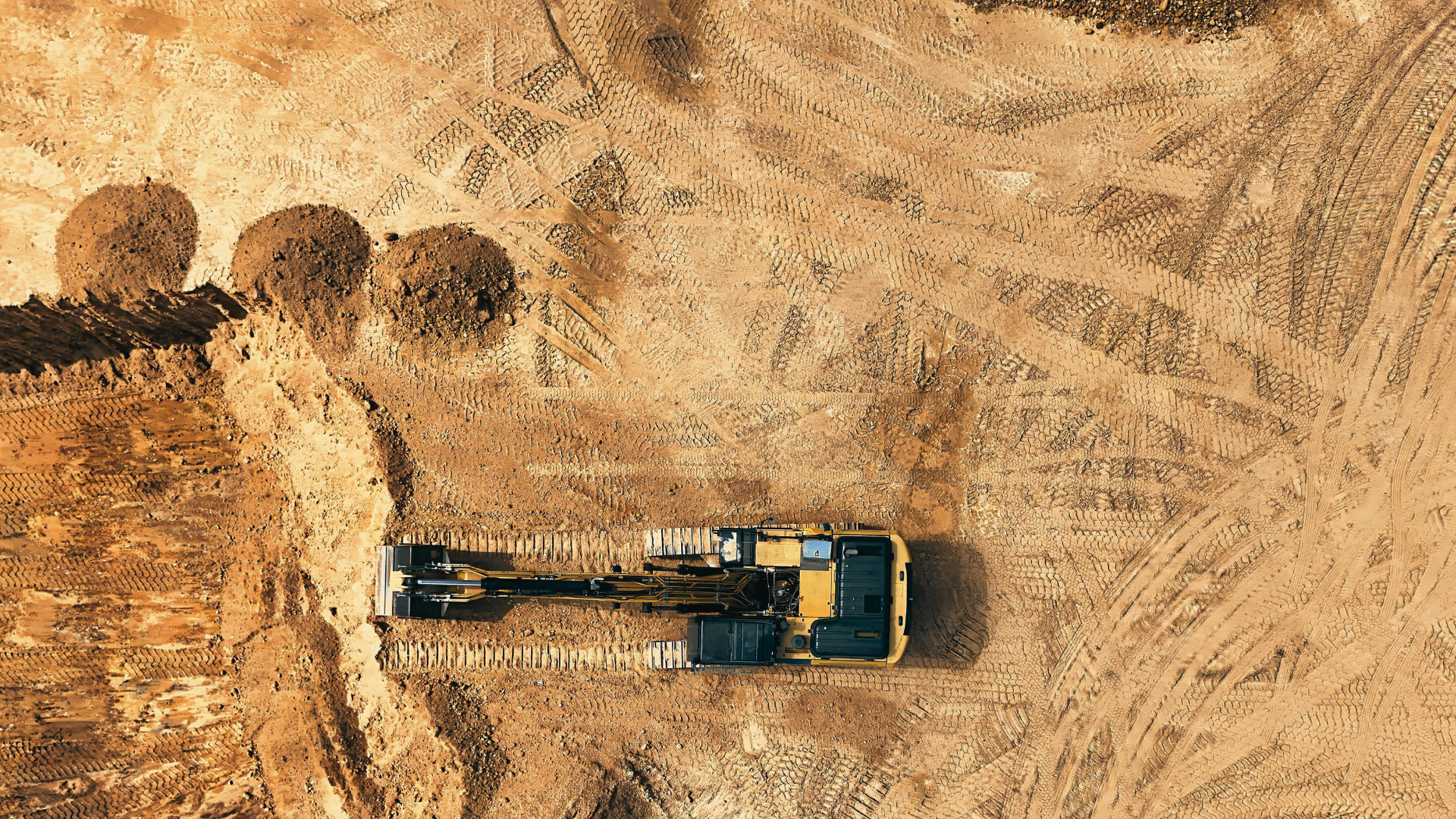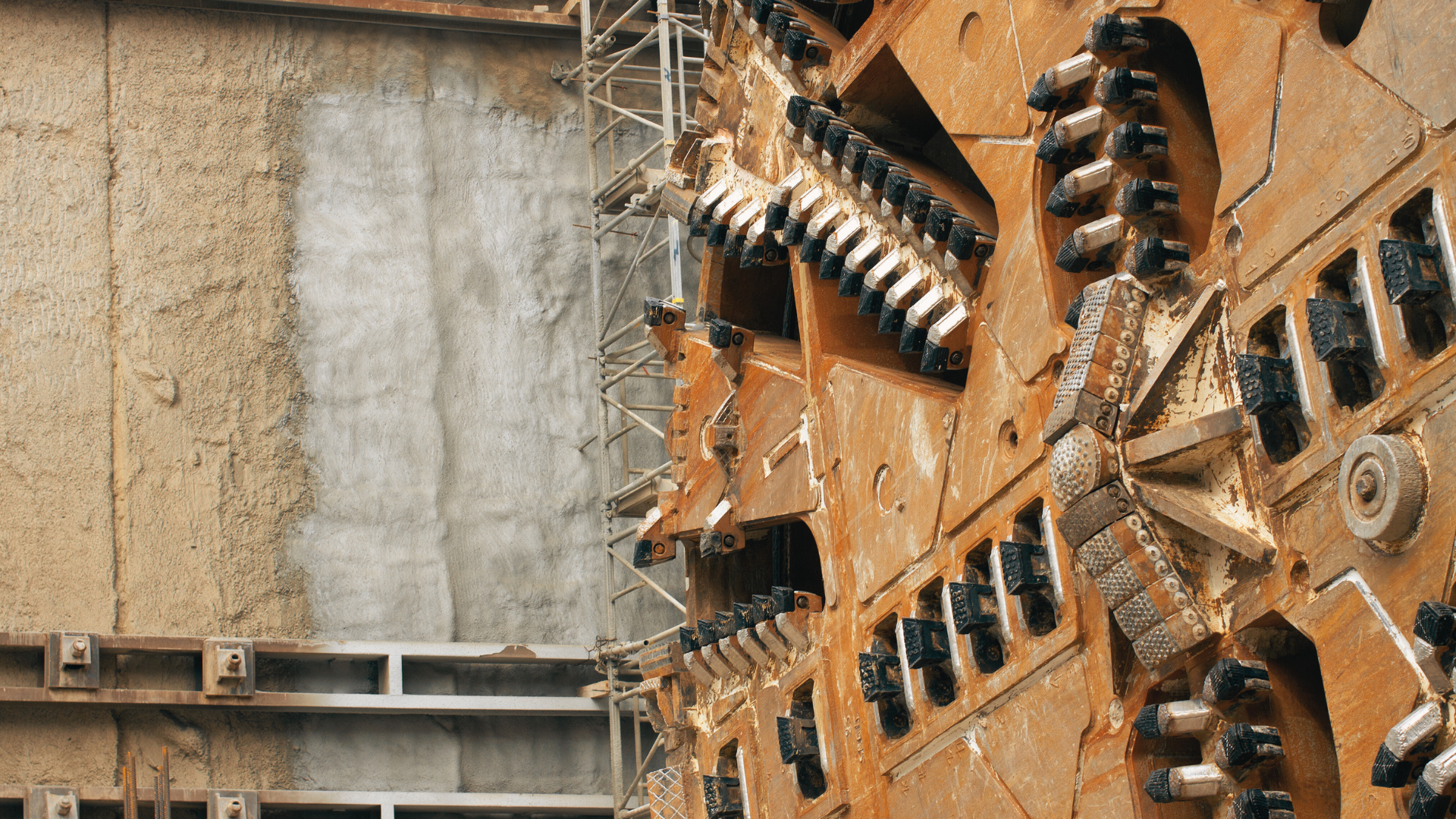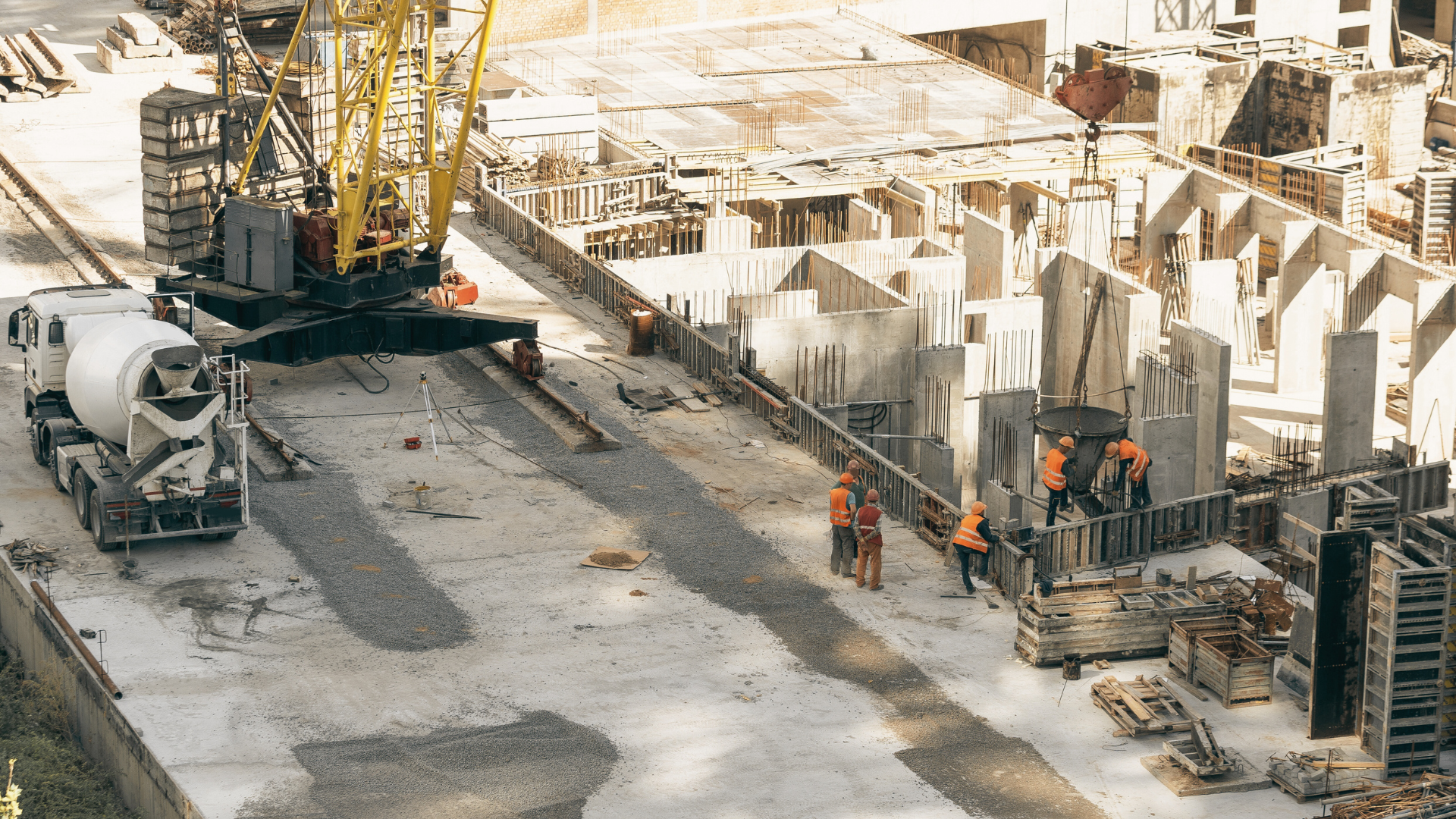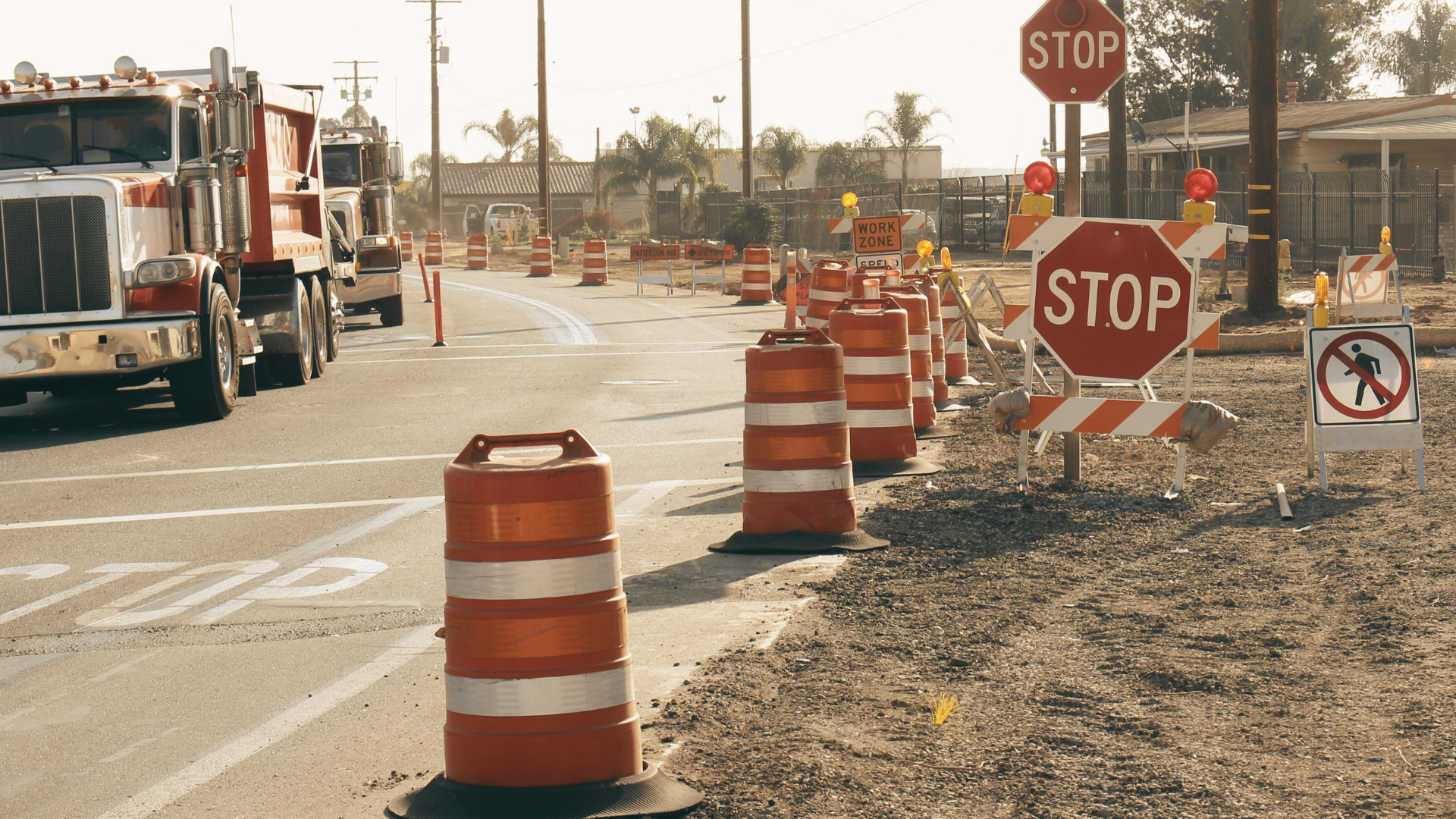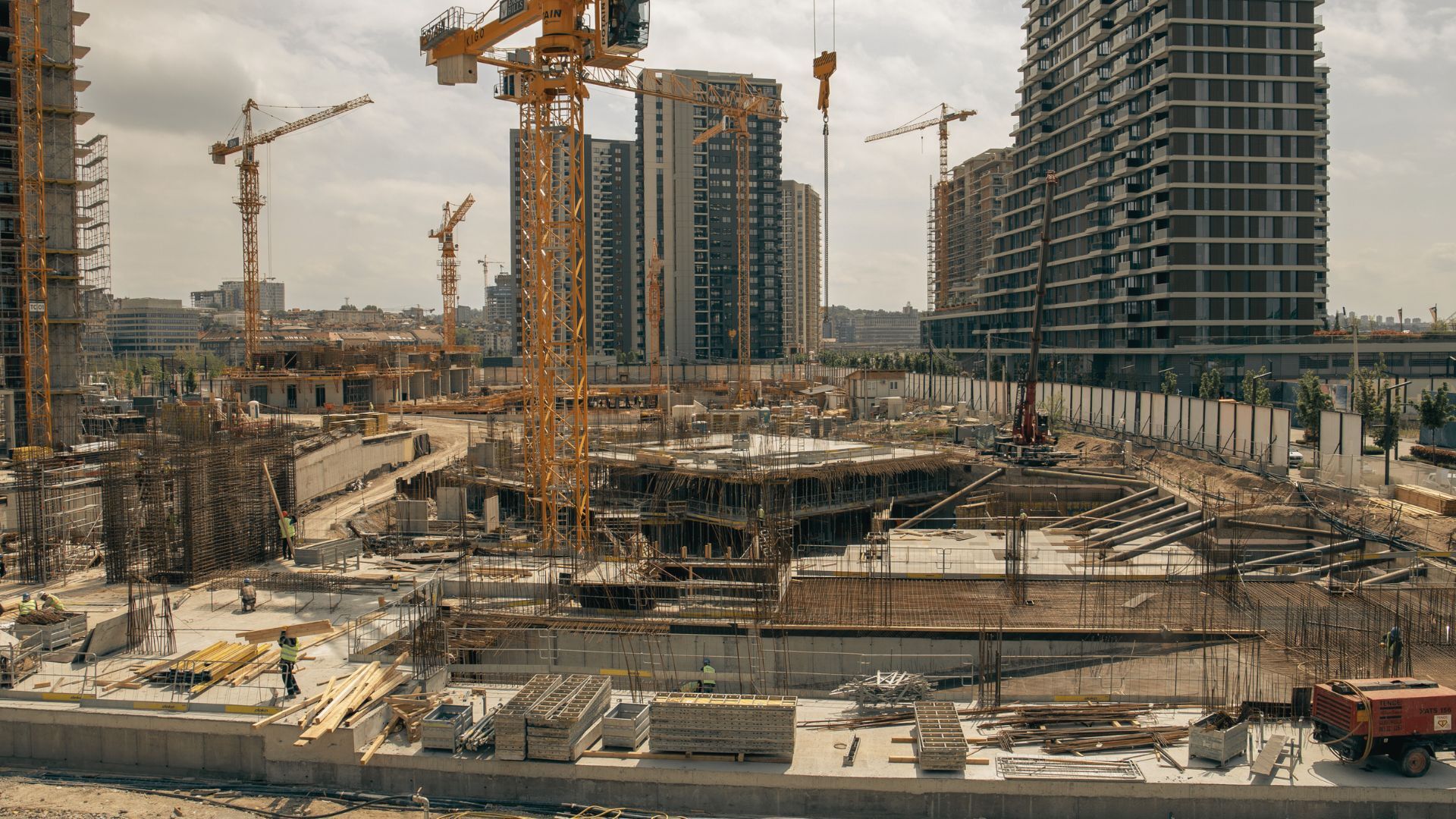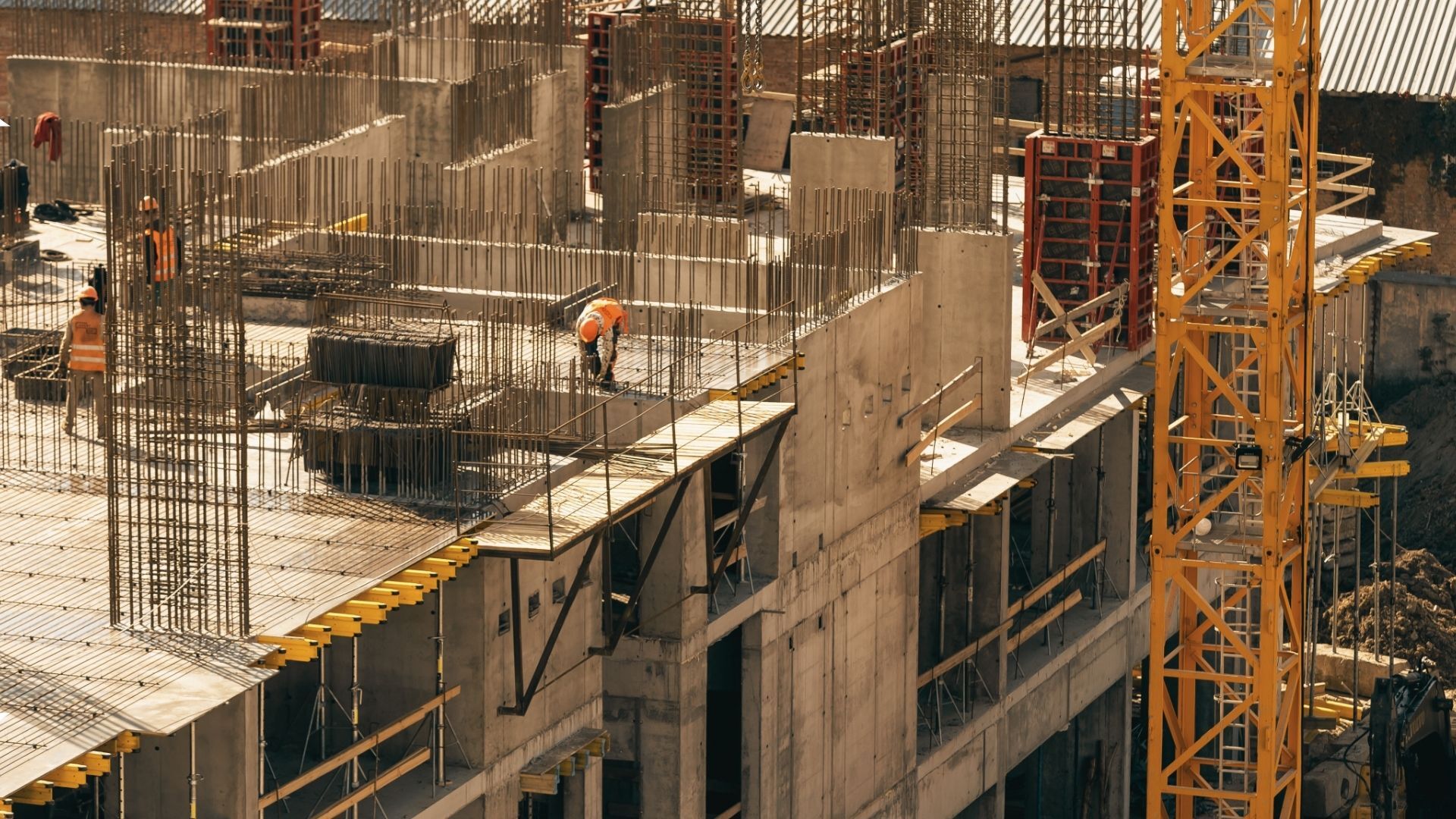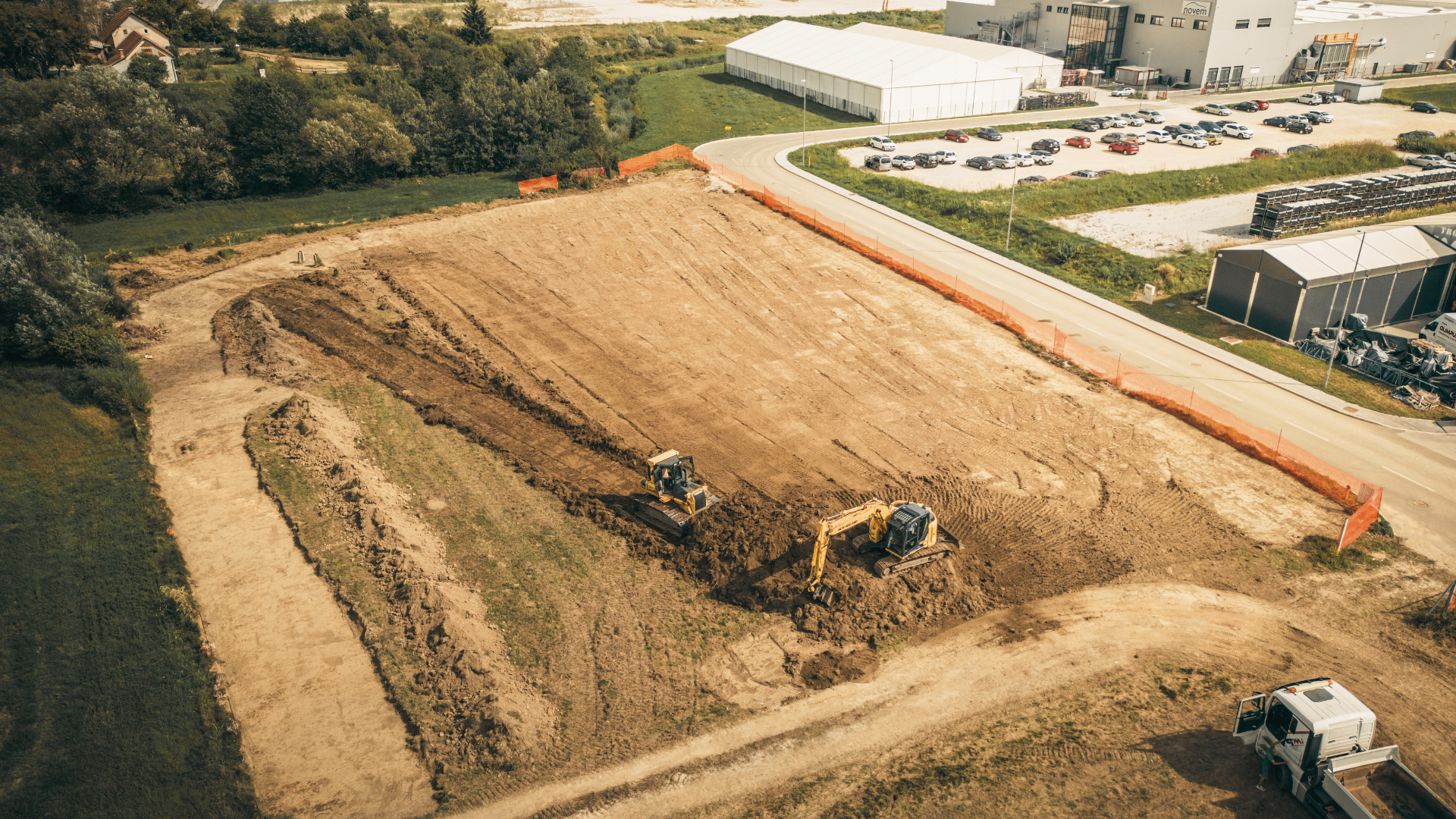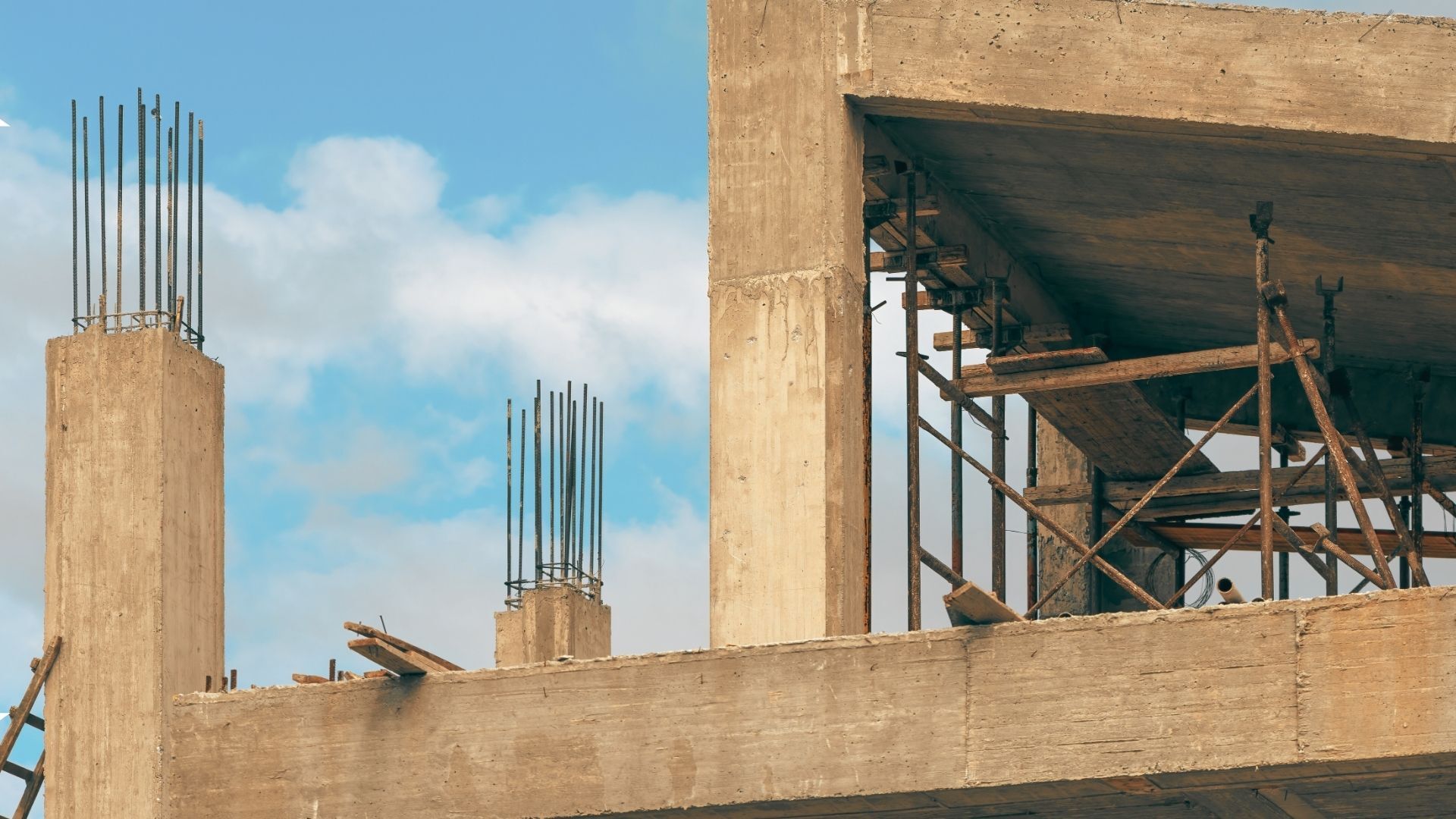Innovation and Reform Tackle NSW Housing Delivery Crisis
This edition of The Pulse examines a NSW construction sector at a critical juncture, grappling with a severe housing delivery crisis while simultaneously exploring transformative solutions.
Overview
Build times have escalated dramatically over the last 15 years, with detached homes now taking 40% longer to complete [6]. In response, the industry is turning to technological innovation, with Artificial Intelligence [1, 2] and modular construction [8] being championed as powerful levers to slash costs and project timelines. Concurrently, there is a strong push for systemic change, highlighted by calls for a "One House One Approval" system to dismantle the regulatory "red tape" that stifles productivity [5, 6].
Amidst these challenges, investment remains robust. Major projects are advancing, particularly in the Western Sydney Aerotropolis which has a $14 billion private development pipeline [3]. Developers are also leveraging new financing models to stimulate buyer demand [4], demonstrating a multi-faceted approach to navigating the complex legal, commercial, and regulatory landscape.
Technology and Off-site Manufacturing Confront the Productivity Crisis
The NSW construction industry is facing a significant productivity challenge, with the average build time for detached houses increasing by 40% and apartments by a staggering 80% over the past 15 years [6]. This slowdown is attributed to labour shortages, material supply issues, and poor on-site productivity [6]. In response, the sector is aggressively pursuing technological and manufacturing solutions to regain efficiency. AI-driven building systems are moving from concept to reality, with pilot projects in NSW led by firms like Chandolin Construction and Cuby Technologies [1, 2].
These systems promise to transform construction into a digitally controlled manufacturing process, delivering homes in just 30 to 60 days at costs reportedly one-third below traditional methods [1, 2].
This push for innovation extends to off-site manufacturing. The state government has endorsed modular construction following the successful delivery of NSW's largest modular social housing project in South Grafton, which was completed in half the time of a conventional build [8]. Proponents note that a prefabricated home can be built in approximately 16 weeks, compared to 55 weeks for a traditional home [6]. However, widespread adoption has been hampered by financing and regulatory systems built around traditional construction methods [6]. Both AI and modular construction are being positioned not just as efficiency tools, but as critical solutions to address the national housing target by enabling the rapid scaling of housing supply amid persistent market pressures [1, 2].
The Regulatory Gauntlet: A Spotlight on Planning Reform
A consensus is emerging that regulatory complexity is a primary bottleneck for housing delivery in NSW. The Master Builders Association NSW and a recent Productivity Commission report identify "red tape" at the council level as a key impediment, forcing builders to divert resources from construction sites to administrative compliance [6]. This has prompted strong calls for systemic reform from industry bodies.
The Housing Industry Association (HIA) is advocating for a "One House One Approval" (OHOA) initiative, which would consolidate the currently separate planning and building approvals into a single, streamlined process for single-dwelling homes [5]. The HIA argues that current assessment goals, which can average up to 115 days post-lodgement, are insufficient to meet housing demand [5].
The complexity of the current system is evident in recent development applications across Sydney. Projects can involve multiple layers of oversight, from local councils to the Sydney Central City Planning Panel, and may even require resolution in the Land and Environment Court, as was the case for a 30-storey mixed-use tower in Epping [10]. While the NSW government has introduced measures like council league tables to monitor DA processing times [5], the industry maintains that more fundamental, structural reform is necessary to meaningfully accelerate the delivery of new homes and improve housing affordability [5, 6].
Investment Pipeline Strong in Western Sydney and Transport Hubs
Despite productivity headwinds, the investment pipeline in NSW remains strong, with significant activity concentrated in Western Sydney and transport-oriented hubs. The Western Sydney Aerotropolis is a focal point of this growth, with $14 billion in private development applications in the pipeline, projected to create 120,000 jobs [3]. A key project, the recently approved Badgerys Creek Road Master Plan, will convert 184 hectares into a mixed-use precinct, delivering 12,500 jobs and 625,000 sqm of enterprise space [3]. Further signalling long-term growth in the region, the NSW Government has pledged $5 million for arts and culture in Western Sydney, an investment expected to unlock more cultural spaces and supporting infrastructure [7]
In established metropolitan areas, development is clustering around new transport infrastructure. Deicorp recently broke ground on a $640 million mixed-use project in Crows Nest, located a five-minute walk from a new Metro station [9]. This project notably includes 48 affordable housing units, highlighting how developers are integrating social outcomes to align with planning policies [9]. To support this project pipeline and stimulate the market, innovative financing is also emerging. Schemes like Homepay, a "build now, pay later" model that allows buyers to pause mortgage repayments for up to 12 months, are being rolled out by builders to address affordability pressures and maintain sales momentum [4].
Takeaways
The Urgent Case for Planning & Approval Reform
The extensive delays and costs associated with the current development approval process place significant commercial risk on developers and builders. The entire DA process is governed by the Environmental Planning and Assessment Act 1979 [10], but its implementation through local councils and planning panels is seen as a major impediment [5, 6]. The fact that major projects sometimes require resolution in the Land and Environment Court underscores the system's complexity and potential for costly legal disputes [10].
The HIA's "One House One Approval" proposal [5] represents a push for fundamental legislative change. If adopted, it could shift single-dwelling approvals towards a more streamlined, code-based assessment model, potentially increasing the role of private certifiers. Professionals should closely monitor these reform discussions. A move away from discretionary council assessments towards a more codified system would require a shift in how projects are planned and risk-managed, placing greater emphasis on upfront compliance with clear, non-negotiable standards.
Contracting for New Technologies and Financing Models
The industry's pivot towards AI-driven manufacturing [1, 2] and modular construction [6, 8] introduces novel legal risks that must be managed contractually. For builders and developers, this includes clarifying intellectual property rights for AI systems, defining quality assurance standards for components built off-site, and allocating liability for defects that may originate in a factory setting rather than on-site. Traditional construction contracts may not adequately cover these scenarios.
Furthermore, the observation that prefab adoption has been hindered by existing regulatory and finance systems [6] suggests that contracts must be carefully drafted to align with lender requirements. Similarly, the emergence of "build now, pay later" schemes like Homepay [4] requires builders to navigate financial services regulations. As these schemes require accreditation [4], builders must ensure their contracts and marketing materials comply with consumer credit laws to avoid misrepresentation and to clearly define the terms of interest accrual and repayment for the homebuyer.
Final Thoughts
The NSW construction industry is actively seeking to innovate its way out of a housing supply crisis. The embrace of AI, modular construction, and new financing models demonstrates a clear commercial drive to overcome deep-seated productivity challenges. However, technology alone cannot solve the problem. The persistent calls for regulatory reform, particularly around the planning and approval process, highlight that systemic change is equally critical.
The key determinant of success will be the industry's ability to effectively integrate these new technologies and business models within a complex and evolving legal framework. Professionals who can master this interplay between innovation, regulation, and commercial strategy will be best positioned to thrive in the coming years
[1]. Mortgage Professional Australia. (28 July 2025, 9:34am AEST). AI-driven construction set to reshape housing sector. https://www.mpamag.com/au/mortgage-industry/technology/ai-driven-construction-set-to-reshape-housing-sector/543999
[2]. Real Estate | by Kaylee Cranley. (Another Date). Aussie plan to get AI to fill labour shortages, speed up home building. https://www.realestate.com.au/news/aussie-plan-to-get-ai-to-fill-labour-shortages-speed-up-home-building/?cspt=1753846752|1fc2ac511b44ebcfd80d34b3f58e3a38
[3]. Felix Project | by Monica Gameng. (25 July 2025, 11:37am AEST). Green light given to Badgerys Creek Road Master Plan in Western Sydney. https://www.felix.net/project-news/green-light-given-to-badgerys-creek-road-master-plan-in-western-sydney
[4]. Real Estate. (25 July 2025, 6:30am AEST). Build now, pay later: new finance deals rolled out across NSW home projects. https://www.realestate.com.au/news/build-now-pay-later-new-finance-deals-rolled-out-across-nsw-home-projects/?cspt=1753846624|fc7669246ad3a282828d70364d994ad8
[5]. Elite Agent | by Rowan Crosby. (24 July 2025, 11:49am AEST). One House One Approval could streamline housing development. https://eliteagent.com/one-house-one-approval-could-streamline-housing-development/
[6]. The Nightly. (24 July 2025, 9:05am AEST). Why the Australian family home is now taking 40 per cent longer to build than 15 years ago. https://thenightly.com.au/lifestyle/property/why-the-australian-family-home-is-now-taking-40-per-cent-longer-to-build-than-15-years-ago-c-19455829
[7]. Limelight | by Jason Blake. (29 July 2025, 1:35pm AEST). NSW Labor pledges $5 million to boost arts in Western Sydney. https://limelight-arts.com.au/news/nsw-labor-pledges-5-million-to-boost-arts-in-western-sydney/
[8]. ABC News. (29 July 2025, 12:04pm AEST). NSW's largest modular social housing build. https://www.abc.net.au/news/2025-07-29/nsws-largest-modular-social-housing-build/105573046
[9]. Apartments & Developments. (29 July 2025, 2:00am AEST). Deicorp breaks ground on $640M Crows Nest landmark. https://a-d.com.au/buying-living/market-insights/deicorp-breaks-ground-on-640m-crows-nest-landmark
[10]. Parra News | by Emily Chate. (28 July 2025, 12:54pm AEST). DA Lowdown: Luxury homes coming to Epping. https://www.parranews.com.au/2025/07/da-lowdown-luxury-homes-coming-to-epping/
The Pulse collates the latest news and opinions from third-party sources. Links, snippets or text are generated by an artificial intelligence engine. The Pulse aggregates news reports and does not claim to have copyright to the content. We have not fact-checked that content and cannot vouch for its accuracy or completeness. Nor do we endorse the opinions expressed by the authors or primary publishers. The content is provided as general information only and should not be relied on as a substitute for professional advice. You should contact the source to verify any factual content as well as taking specialist advice that takes your personal objectives and circumstances into account.
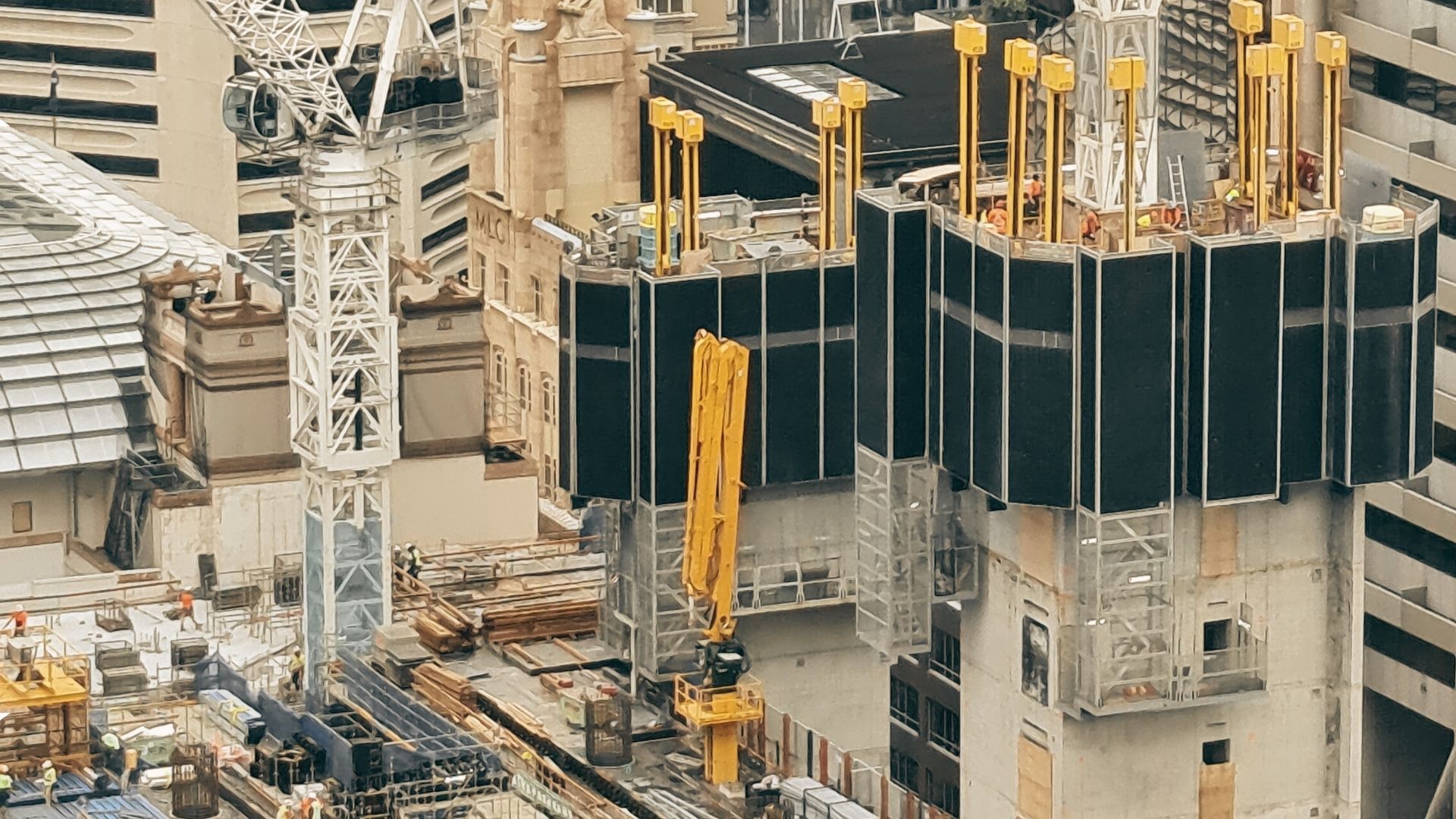



.png)

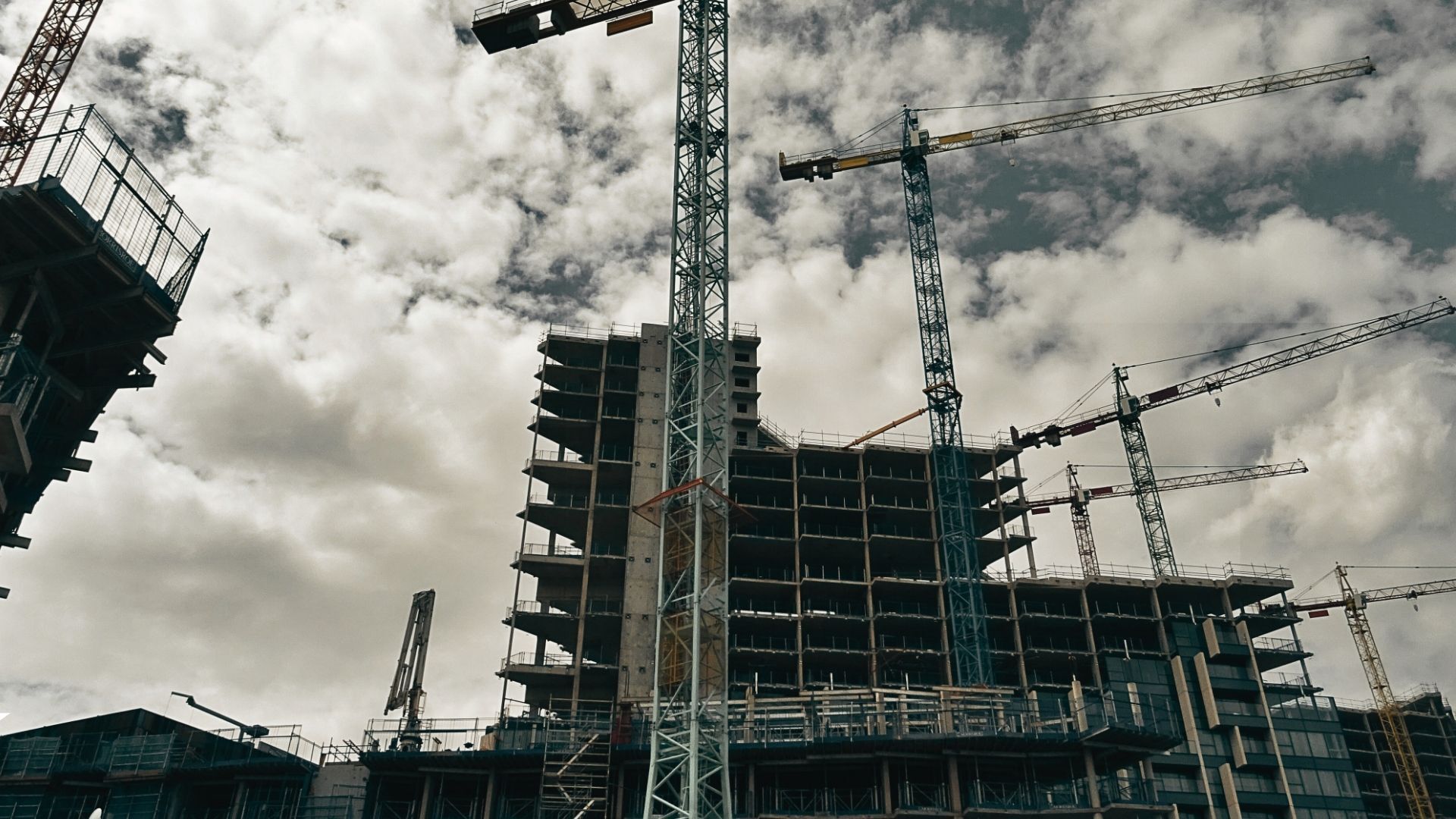
.jpg)


